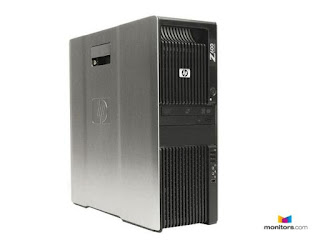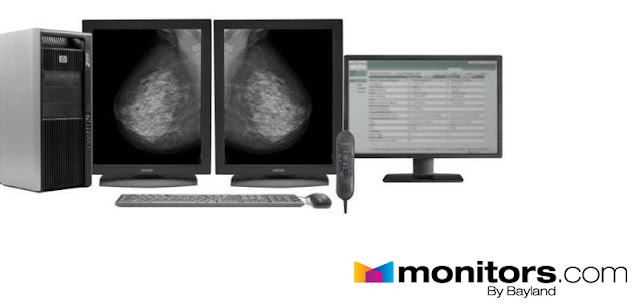The Impact of Digital Imaging Workstations on Workflow
Last two decades have witnessed a colossal shift in technologies which is evident in almost every industry. The transformation also occurred in the medical field, bringing more accuracy and productivity in the treatment and diagnosis of ailments and diseases. The digitalization of radiology imaging has actually improved the quality of diagnosis and the workflow in laboratories.
With the advent of newer processor technologies, multiple functions can be carried out at higher speeds on radiology workstations with one CPU core that has a single chip installed in it. These types of CPUs are known as multi-core CPUs which are forming the basis of single core, dual core, Core2Duo and quad core.
Healthcare Standards in Digital Imaging:
For better management, exchange and integrating medical data, the National Electrical Manufacturers Association (NEMA) and the American College of Radiologists (ACR) developed DICOM, a cooperative standard that allows imaging system compatibility by gauging the connectivity of the equipment and associated technology from different vendors. DICOM stands for Digital Imaging and Communications in Medicine.
Standards such as the IHE and HL7 and IHE have become an integral part of imaging in radiology. According to these standards, images need to be acquired, processed, post processed and displayed, in grayscale, black and white, or colour, using binary numbers.
Client-based Workstations:
To prevent computer hardware resources and wasteful expenditure in Radiology departments, a client based workstation set is being preferred much more than the conventional setups. In radiology, networks have been increasingly accepted to improve patient workflow and offer many advantages in Picture archival and communication systems (PACS).
The thick client workstations are similar to gaming workstations such as Xbox (Microsoft Corporation, Redmond, Washington) and PlayStation (Sony Computer Entertainment America, Inc, Foster City, California). These platforms deliver high-performance computing capabilities along with graphics hardware which are run by the local software installed on it. The workstations operate autonomously, like the thick client radiology workstations. This digital transformation is crucial in enhancing the modality workflow practice and prepares Radiologists for the future advancements.
Other technologies such as image-guided therapy workstations are also being used at facilities for surgeons to locally interact while practicing. Windows 10 Pro workstations and various other processing technologies are available at suppliers like monitors.com. These technologies are being constantly improved to achieve higher productivity and much more refined workflow at a diagnostic facility.


Comments
Post a Comment